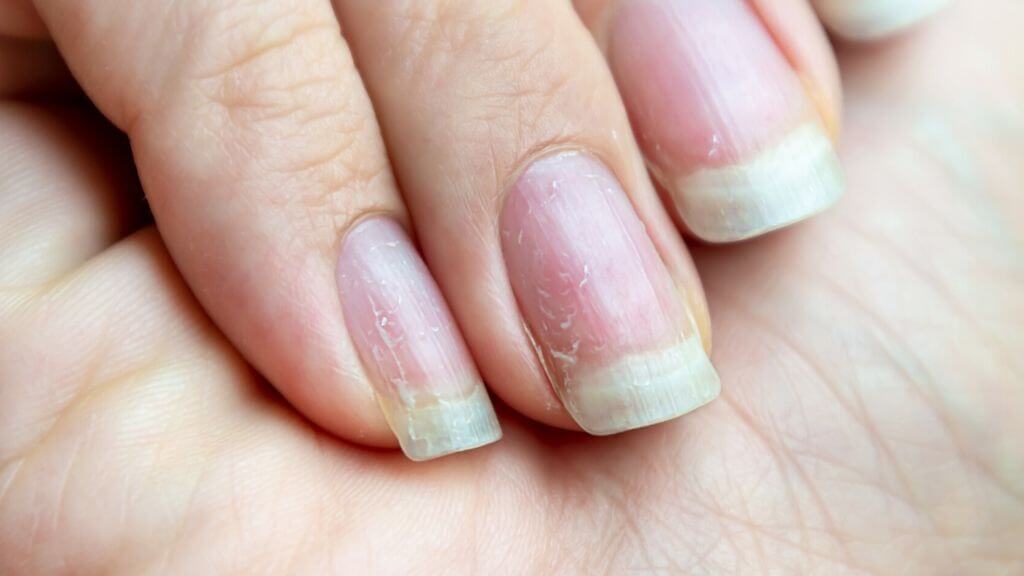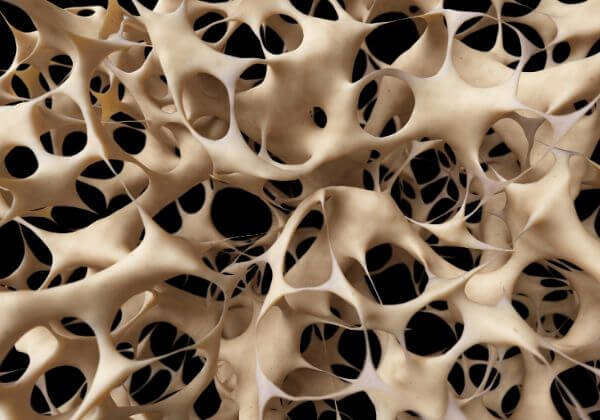Osteoporosis is a common disease that results in weak bones. Your bones have small honeycomb spaces, but with osteoporosis, these pores become large, which weakens the bone’s strength and density.
Osteoporosis is more common among women and is more of a risk the older you get. Treatment is important because this disease increases your risk of fractures and bone breaks.
What Causes Osteoporosis?
There are several factors that can contribute to the development of osteoporosis. The risk for osteoporosis increases if you have a family history of the condition. Hyperthyroidism can also contribute to the development of the disease.
Another common cause of osteoporosis is the use of certain medications, specifically corticosteroids. The risk for osteoporosis increases, the longer these drugs are taken.
There are also risk factors that can contribute to the development of the disease.
♦ Age: Your body naturally breaks down bone and replaces it, but as you get older, the process of replacing bone is much slower, resulting in less dense bones.
♦ Gender: Women get osteoporosis more than men, mainly because of menopause. The hormone changes cause loss of bone density much quicker.
♦ Unhealthy lifestyle: An unhealthy diet and a lack of physical activity also contribute to osteoporosis and poor bone health and strength.
Osteoporosis Symptoms
There are no symptoms in the early stages, and many people do not realize they have osteoporosis until they get a fracture. If symptoms do appear, they will include weak or brittle nails, weakened grip strength, and receding gums.

A family history of osteoporosis can indicate that you have a risk of developing this condition, so you can discuss this with your doctor even if there are no symptoms.
If the condition progresses untreated, then symptoms will appear and can get worse with time. As bones get thinner, the risk for breaks will increase. You can get breaks from something as small as a sneeze and may also notice height loss. Compression fractures develop as the bones in your spin weaken, and this will cause back pain and loss of height.
Osteoporosis Diagnosis
A bone density test is used to diagnose osteoporosis. The doctor uses x-rays to measure the density of bones in your hips, wrists, or spine, as these are the areas where osteoporosis is most common.
Your doctor will also conduct a physical exam and review your medical history. Sometimes a urine test or blood test may be done to help identify causes of the bone density loss.
Treatment for Osteoporosis
There is no cure for osteoporosis, but medications and lifestyle changes are the most common treatment options for osteoporosis. Treatment is designed to slow the progression of bone loss and to strengthen bones.
Medications used to treat osteoporosis include:
♦ Bisphosphonates, which are taken orally or injected and prevent bone loss
♦ Testosterone, which can increase bone density
♦ Teriparatide, which is injected and stimulates bone growth
♦ Hormone therapy is used for women after menopause to reduce bone loss density
Osteoporosis Diet
Increased intake of vitamin D and calcium are the best ways to improve bone strength. There are a number of foods you can add to your diet to increase vitamin D and calcium levels.
Calcium-rich foods:
♦ Almonds
♦ Greens, such as spinach and kale
♦ Yogurt
♦ Tofu
♦ Chia seeds
Vitamin D-rich foods:
♦ Fatty fish, such as tuna and salmon
♦ Cheese
♦ Eggs yolks
♦ Fortified cereals
In addition to calcium and vitamin D, other nutrients are important to bone health. You can add foods containing protein, magnesium, vitamin C, and zinc to help promote overall bone strength.
If your dietary intake of these minerals is low, then you can opt for supplements. Be sure to discuss this with your doctor first to make sure you get the recommended dose and that the supplements will not interfere with any medications you may be taking.
Natural treatments for Osteoporosis
When your bones are weak, and mobility becomes affected, exercise may seem like the last thing you want to do. However, light to moderate exercise has been shown to reduce bone density loss and strengthens bones and the nearby muscles.

The best exercises for osteoporosis include:
♦ Climbing stairs
♦ Resistance training, such as leg presses, squats, and pushups
♦ Weight training
These exercises work specifically by forcing your muscles to push and pull against the bones, which signal to your brain that new bone tissue is needed.
Osteoporosis Surgery
In cases where fractures have become more frequent and severe, surgery can be an option for treatment. The hips, spine, and wrist are the most commonly affected areas and also where surgery is most helpful.
Hip fractures are serious, and surgical repair is often the only way to repair the bones. Healing and recovery for hip fractures can take up to a year. There are several ways to surgically repair a hip fracture.
♦ Hip replacement: an artificial hip is inserted after removing the upper part of the femur
♦ Metal screws: screws are inserted to stabilize the bones
Spinal surgery involves techniques known as kyphoplasty and vertebroplasty. Cement is inserted into the weakened spinal column via a tube in both procedures, but kyphoplasty uses a balloon to create space.
Wrists are the most common fracture site and are repaired using pins to hold bone fragments in place as they heal.
What Are the Variations of Osteoporosis?
The only variation to osteoporosis is known as senile osteoporosis. It is not a different type but rather osteoporosis caused by aging alone.

For this diagnosis to be made, all secondary factors or causes must be excluded. Age is the biggest risk factor for this disease, but with preventative measures such as healthy eating and exercising, you can maintain bone strength for longer.
Osteoporosis Statistics
♦ Over 53 million adults in the United States have osteoporosis.
♦ One-tenth of women over the age of 60 have osteoporosis.
♦ Two-fifths of women aged 80 have the disease.
♦ Men lose bone density at a slower rate than women.
What Is the Long-Term Outlook?
Osteoporosis is common with age and can be serious. It increases your risk for fracture, and the older you, the more likely you are to experience painful fractures. They also take longer to heal.
Longer recovery times can increase your risk for other conditions such as blood clots or infections.
Osteoporosis is treatable and preventable with the right diet, regular physical activity, and taking the right medications. Your outlook can be positive with the right approach.







